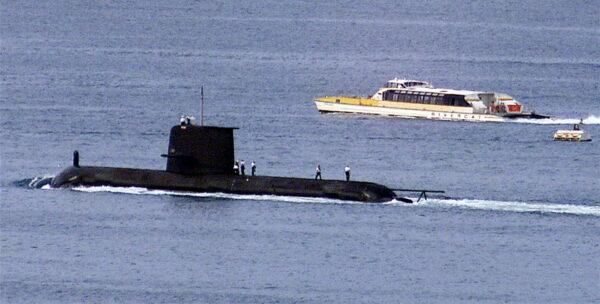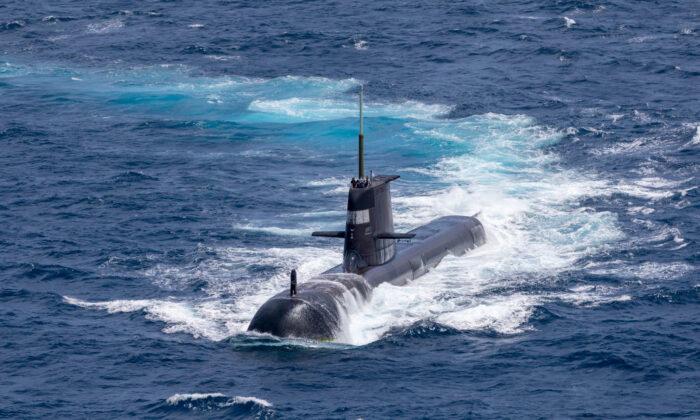Australia’s nuclear submarine deal under security partnership AUKUS is estimated to cost at least $116 billion (US$83 billion), a defence think tank said.
ASPI believes that at an absolute minimum, the project will cost around $70 billion (US$50 billion), or $116 billion when accounting for inflation. However, the estimate is expected to grow “substantially” once cost drivers become clearer.
“Those [cost drivers] include both the U.S. and UK moving to bigger submarine designs, our choice of build strategy, and the broader support system and infrastructure needed to operate nuclear submarines,” the report said. “To channel Donald Rumsfeld, there are things we know we don’t know, and things we don’t know we don’t know; both will drive up the estimate.”
Depending on the build strategy and timeliness of the schedule, the project could end up costing the nation up to $171 billion (US$122.7 billion), including inflation.
Australia has yet to choose its design, which will be a close copy of either a U.S. or UK boat for the purpose of alignment with strategic partners. Both nations have a number of submarine programs that are in progress, such as the UK’s Astute class and the U.S.’s Virginia class Block V.

With a broad option of designs from both countries, ASPI concludes that there is no clear stand-out option to choose from, as all involve trade-offs between schedule, cost, and long-term alignment with the parent navy.
Another decision the government will need to consider is between a continuous build strategy, where the first boat of the next program will seamlessly replace the first nuclear submarine, or an economic build strategy, where all submarines will be built in the most efficient manner possible.
ASPI found that the continuous build is likely to be highly inefficient but would allow Australia to develop its advanced manufacturing capabilities through a constant, predictable workflow.
Other options include a joint enterprise strategy, where Australia would manufacture components that would be shipped to either the U.S. or the UK for final assembly. This would allow for an early delivery of the boats.
“This will be a massive undertaking and probably the largest and most complex endeavour Australia has embarked upon. The challenges, costs and risks will be enormous,” ASPI said. “It’s likely that it will be at least two decades before Australia has any useful SSN (nuclear-powered submarine) capability if we follow a traditional acquisition approach.”
The think tank also warned of a growing capability gap as Australia’s current Collins-class submarine fleet, initially expected to retire in 2026, will likely need to operate for an additional decade before the nuclear submarines are ready.
“We don’t have endless time,” the report said. “We may have already reached the point at which it’s impossible to avoid a serious and potentially enduring decrease in submarine capability.”






Friends Read Free